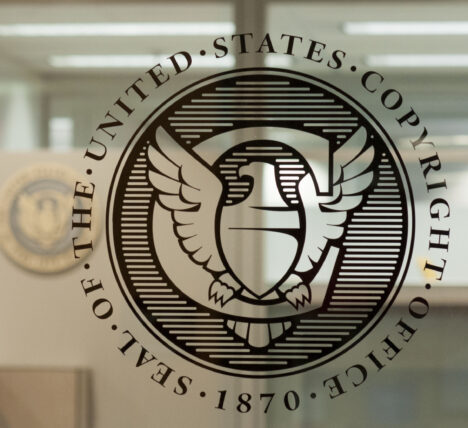The role of copyright law in the video game industry.
The U.S. copyright system encourages and supports creative game development and innovative distribution models. This is particularly true in the case of the Digital Millennium Copyright Act (DMCA), which contains two provisions critical to the vitality of the video game industry.
Section 1201’s Important Anti-Circumvention Framework. Video game software and devices use a series of digital protections, referred to as technological protection measures (TPMs), to safeguard the content played on platforms from illegal copying and distribution. Under Section 1201, it is unlawful to bypass these TPMs or distribute tools intended to help others bypass them. Protecting the integrity of the video game ecosystem from infringing activities is necessary to ensure that consumers can enjoy rich and immersive video game experiences.
Section 512’s Existing Safe Harbor Provisions. Section 512 provides rights holders a streamlined process for removing infringing content and affords online service providers with safe harbors if they expeditiously remove copyrighted content when notified by copyright owners.
The importance of copyright enforcement in protecting creative content.
As digital offerings become more common, enforcement approaches must also keep pace. Working closely with government agencies and other stakeholders on forward-looking strategies remains essential to addressing illegal online operations and blocking the importation of infringing goods into the U.S.
An effective patent law system protects the video game ecosystem.
The innovations that video game audiences enjoy rely on strong patent protections.
An effective patent system encourages innovation by securing legal protections for inventions, allowing inventors to recoup their research and development costs, and enabling the commercialization of those inventions.
Trademark protections must keep pace with the rapidly evolving video game marketplace.
Trademark protections ensure brand integrity and consumer confidence in these brands. . Such practices include adequate tools to prevent third parties from the unauthorized use of protected marks, and laws and policies that encourage the use of active marks in commerce and accurate trademark registers.


















